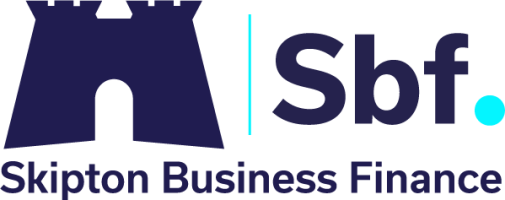Employing new staff can be both a stressful and exciting time. It combines the exciting opportunity to grow your team, with the dedication needed to find, interview and onboard new staff. In June to August 2022, vacancies were 470,000 (59.1%) above the January to March 2020 pre-coronavirus (COVID-19) level, and 215,000 (20.4%) above the same time last year. This can mean that the job market is a pretty competitive place but, post-pandemic, it’s now competitive for the employer instead of the potential employee. However, there are a few tips to remember, which should help alleviate the stress of employing new staff and help you stand out from your competition.
Tip 1 - Advertising
There are many avenues to go down when it comes to advertising a new position, but this doesn’t necessarily mean you should use all of them. LinkedIn is certainly one to consider. Your business should have a LinkedIn profile, even to just be able to post jobs and appear in more job searches. LinkedIn boasts over 830 million users in more than 200 countries and territories across the globe (LinkedIn, 2022). Officially launched in 2003, LinkedIn’s growth has been nothing short of phenomenal. In the first two years following its launch, it had already amassed 1.6 million members.
Additionally, you should advertise on your own website, as you may attract a potential employee who is drawn to your business and shares the same passions - making for a great fit.
Lastly, you could choose a paid advertising option. This could be enlisting a recruitment firm, posting on something like Indeed or Total Jobs, or in print media like a local newspaper. You need to think about the type of people who each of these methods attract.
Tip 2 - The Advert
The job advert itself needs some serious consideration. Consider things such as tone and syntax. Even one little sentence can seriously put people off, so don’t rush this. You may want to decide on a template that includes a paragraph on the company, location and any other company details that would be consistent for any role you wish to fill.
‘Culture’ has become a bit of a buzz word recently, so avoid it unless you can accurately and clearly communicate what the culture is like in the company. This can be something discussed at interview stage, where the candidate can ask specific questions and get a full understanding.
Use keywords to communicate the most important criteria of the role that the candidate needs to meet. For example, highly organised, strategic, proven project management. However, don’t go word mad and instead focus on the most important, keeping it to a max of 10.
Ultimately, you will need to include something that will help you stand out from your competitors, such as why that candidate should want to work for you. Answer this and your advert should stand out.
Tip 3 - The Interview
Keep.It.Simple
We cannot stress this enough - a long, drawn-out interview process is no good for you or the candidate. If there are skills that you need to know, you could ask the candidate to complete a competency test. This could be the first stage and would quickly eliminate candidates, saving everyone time. The second stage could be a phone interview or a video call interview, followed by a face to face, in person interview. If another colleague needs to be involved, make sure they’re involved at the right stage. Do you want them to have final say? In which case, do a group, in-person interview as the last stage.
You should be accommodating to the candidates that are applying. If someone needs to re-arrange, you should be understanding rather than dismissive.
Tip 4 - Consider a Candidate from Outside the Industry
If you are continually looking to your competitors for people with industry experience, the chances are that you’ll have to offer higher wages to motivate them to leave their current employment. Over time, salaries will continue to climb, and your payroll costs escalate. By hiring from another industry, you’ll have more to offer candidates than simply an increase in wages, such as the excitement of working in a new sector, training and development opportunities.
Tip 5 - The Job Offer
A job offer letter should include:
- Job title
- Confirmation that you've offered them the job
- Any conditions - for example, the offer depending on suitable references or a health check (this is known as a conditional job offer)
- The terms – including salary, hours, benefits, pension arrangements, holiday entitlement and the location of work
- Start date and any probationary period
- What they need to do to accept the offer or to decline it
- The name of the person to contact and their contact details, in case of any questions
If you need some help, there are lots of great templates out there, such as on the Acas website.
Tip 6 - Onboarding
Lastly, do not forget about your onboarding process. You don’t want to employ a fantastic candidate, interview them, and go through the admin rigmarole to then put them off with a poorly put together onboarding process. This is a very important period for the candidate, and this can shape their experience going forward. Do not underestimate the importance of this stage.
Make sure to set up and maintain a clear onboarding process. This should include setting up a workstation (if needed), supplying any equipment, informing on the health and safety of the business, meeting team members and providing training. This online article, provided by Workable, offers some helpful advice for your onboarding process.
If you would like to find out more about Skipton Business Finance visit out About Page or contact us on 0800 1695036.










